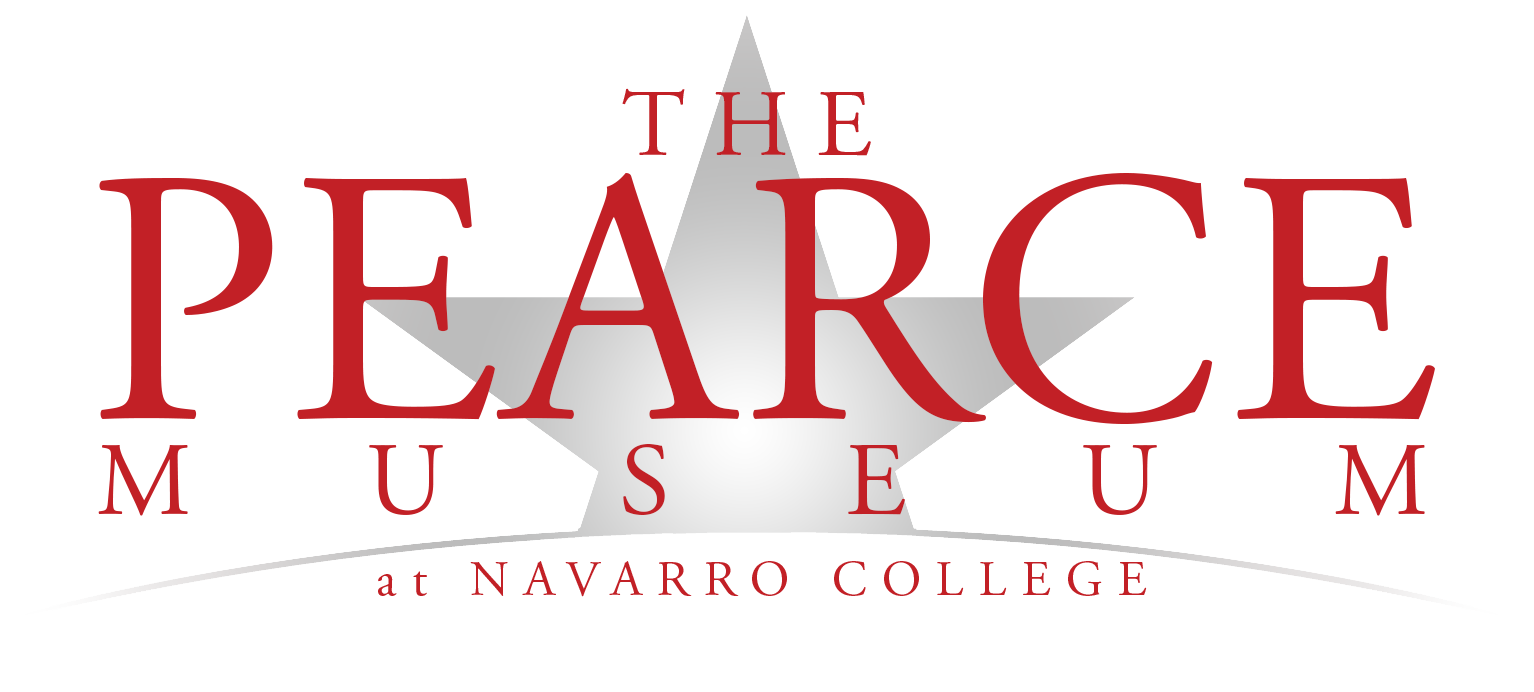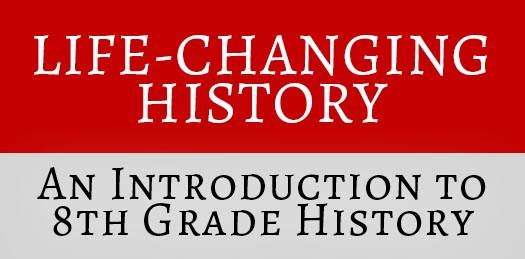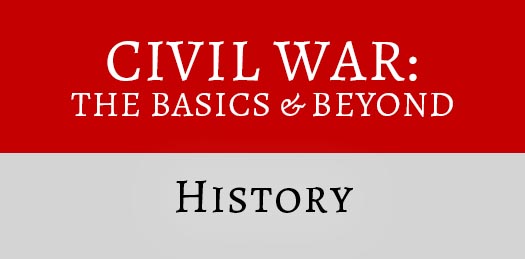Education Materials
FREE DOWNLOADS
The following materials are available for purchase.
You may wish to purchase individual units one-by-one or choose one or more of the pre-packaged units which are grouped according to subject matter.
Toggle below to read unit descriptions.
Unit 1: Sequencing Significant Individuals, Events, & Time Periods of the Civil War
Unit 1: Sequencing Significant Individuals, Events, & Time Periods of the Civil War (History 1B)”
This History Strand requires that students be able to sequence individuals, events, and time periods. Timelines have the ‘at-a-glance’ power to convey an abundance of information in a compact format. For this activity your students are asked to interpret the timelines, paraphrase the information, and translate it from one medium to another. In addition to meeting one of the TEKS for study of the Civil War, students are also developing skills of comprehension, application, and analysis. Price: $10.00
Unit 2: Explaining the Significance of the Years 1861-1865
Unit 2: Explaining the Significance of the Years 1861-1865 (History 1C)”
This History Strand calls for students to be able to explain the significance of the dates 1861-1865. Rather than asking students to just recognize and recall small pieces of Civil War knowledge, this activity makes connections among concepts; in this instance, significant events during each of the four years of conflict and the impact on the Union, the Confederacy, and European nations. This approach helps students develop skills of synthesis and evaluation.
You might want to craft a teacher-led discussion from them or you might assign small groups a country to investigate for its role in the American Civil War. As you will see, the countries involved – no matter how tangentially – range far beyond the expected Britain and France. Price: $10.00
Unit 3: Comparing Effects of Political, Economic, and Social Factors on Social Factors on Slaves & Freedmen
Unit 3: Comparing Effects of Political, Economic, and Social Factors on Social Factors on Slaves & Freedmen (History 7B)
This History Strand requires students to compare the effects of political, economic, and social factors on slaves and freedmen. Civil War scholars spend a life time investigating and analyzing these factors and the impact they had. Important for the 8th grade student is developing an understanding of how factors collide to affect lives. Here is a select number of significant events within the political, economic, and social fields that make the point. In addition to meeting one of the TEKS for study of the Civil War, students are also developing skills of application and analysis. Price: $10.00
Unit 4: Analyzing the Impact of Slavery on Different Sections of the United States
Unit 4: Analyzing the Impact of Slavery on Different Sections of the United States (History 7C)
This History Strand challenges students to analyze the impact of slavery in different sections of the United States. In this curriculum piece, the activities have been designed to fulfill two purposes: (1) to meet the basic requirement of TEK History (7) (C); and (2) to provide for greater depth and complexity of understanding by enriching the basic requirement. The activity extension is appropriate if you are teaching a pre-AP History class or if your class has the the interest and readiness to dig more deeply into the issue. Price: $10.00
Unit 5: Explaining the Roles of Significant Individuals during the Civil War
Unit 5: Explaining the Roles of Significant Individuals during the Civil War (History 8A)
This History Strand expects students to understand the roles played by significant individuals during the Civil War. The TEK requires Davis and Lincoln, Grant and Lee, and suggests the inclusion of heroes. This slide series highlights the little known heroes – Davis, Lincoln, Grant, and Lee are discussed, at length, in multiple sources. For those students who could never imagine themselves as generals or presidents, other stories of other lives provide inspiration. Price: $10.00
Unit 6: Analyzing & Contrasting the Ideas of Abraham Lincoln & Jefferson Davis as Contained in their Inaugural Addresses
Unit 6: Analyzing & Contrasting the Ideas of Abraham Lincoln & Jefferson Davis as Contained in their Inaugural Addresses (History 8C)
This History Strand requires that students analyze and contrast Lincoln’s ideas, as expressed in his inaugural addresses, with the ideas Jefferson Davis expressed in his inaugural address. This activity will compare the first inaugural address of each man as these two addresses were within two weeks of each other and capture the mood in America right before the Civil War began. How deeply you study these two documents will depend on the readiness of your class. Certainly the language of the 19th century presents a challenge to the ears of 21st century students. The activity has been designed to help focus on the meaning of the words without being hindered by archaic expression of thought. Price: $10.00
Unit 7: Analyzing the Effects of Physical & Human Geographic Factors on the Civil War
Unit 7: Analyzing the Effects of Physical & Human Geographic Factors on the Civil War (Geography 10A,B,C)
Geography is not just the study of the physical features of a place – its mountains, rivers, vegetation, and climate – but also a study of the human activity of that place and how the two – the physical and the human – affect each other. How man responds to natural features is what makes them important. A simple example: It really didn’t matter that a ridge of mountains ran the width of our country – until pioneers needed to get over the Rockies into the American West. We are always at the mercy of our geography. It affects what our shelter is like, what clothes we wear, the food we eat. We are all the sum of our geography.
The “human activity” we call war is also impacted by geography. This Geography Strand is designed so your students can discover the principles that govern the interaction of human and physical geography and also gain insights that are applicable to other instances of this mutual and powerful influence. Price: $10.00
Unit 8: Identifying & Analyzing the Economic Differences Among Different Regions of the United States
Unit 8: Identifying & Analyzing the Economic Differences Among Different Regions of the United States (Economics 12A,D)
These Economics Strands requires students to identify economic differences among different regions of the United States and then, analyze the causes and effects of these economic differences. 8th graders may struggle to define ‘economy’ and ‘economics.’ This lesson breaks economics into three components: the economics of money, the economics of material, and the economics of resources. Within each of these areas, the major components are presented in terms of how abundant – or scarce – they were in the North and the South as war began. Price: $10.00
Unit 9: Describing the Impact of the 13th, 14th, and 15th Amendments on Life in the United States
Unit 9: Describing the Impact of the 13th, 14th, and 15th Amendments on Life in the United States (Government 16B)
This Government Strand is concerned with the student’s ability to describe the impact of 19th century amendments to the Constitution. Three of those amendments – the 13th, 14th, and 15th – were all adopted within the first five years after the Civil War (1865-1870). Together they are sometimes referred to as the “Civil War Amendments” or the “Reconstruction Era Amendments.” Describing them would be easy for students; describing their impact however poses a challenge beyond mere comprehension. In this unit, students will need to apply their skills of analysis and evaluation in understanding just what consequences these amendments had on a nation newly reconciled. Price: $10.00
Unit 10: Explaining Constitutional Issues Over States’ Rights during the Civil War
Unit 10: Explaining Constitutional Issues Over States’ Rights during the Civil War (Government 17B)
This Government Strand addresses the complexity of states’ rights (a complexity, by the way, as old as our nation) by answering three questions:
1.What does the Constitution say “states’ rights” means?
2.How did states’ rights conflict with the Constitution (and WHY, since states’ rights is provided for in the Constitution)?
3.Why couldn’t a compromise be reached – and war avoided?
Price: $10.00
Unit 11: Describing the Development of the Abolitionist Movement & its Impact
Unit 11: Describing the Development of the Abolitionist Movement & its Impact (Culture 24A,B)
A thorough study of the Abolitionist Movement, precursor to all ensuing Civil Rights, would begin when the first enslaved Africans were brought to British North America around 1619. Fully 200 years before the Civil War, resistance to the institution of slavery was beginning when Rhode Island declared that an enslaved person must be freed after ten years of service. Rejection of slavery only increased until the United States found itself embroiled in the Civil War with North and South seemingly irrevocably divided on the issue. These Culture Strands require the student to describe the development of the abolitionist movement and its impact. This unit focuses on people and events over the period of time from the 1830’s until the passage of the Reconstruction Amendments. Price: $10.00
Unit 12: Understanding the Impact of Technological & Scientific Innovations during the Civil War
Unit 12: Understanding the Impact of Technological & Scientific Innovations during the Civil War (Sci, Tech, & Soc 28A)
This Strand asks the student to understand the impact of technological and scientific innovations during the Civil War. This study focuses on four areas of innovation: Military, Medical, Mechanical, Movement. Price: $10.00
PACKAGE PRICING
PACKAGE GROUP | UNITS INCLUDED | PRICING |
| Package 1 | Units 1 & 2 | $16.00 |
| Package 2 | Units 3, 4, 11 | $25.00 |
| Package 3 | Units 5 & 6 | $16.00 |
| Package 4 | Units 8 & 12 | $16.00 |
| Package 5 | Units 9 & 10 | $16.00 |
| Package 6 | Units 1-12 (All) | $100.00 |
ORDER FORM




